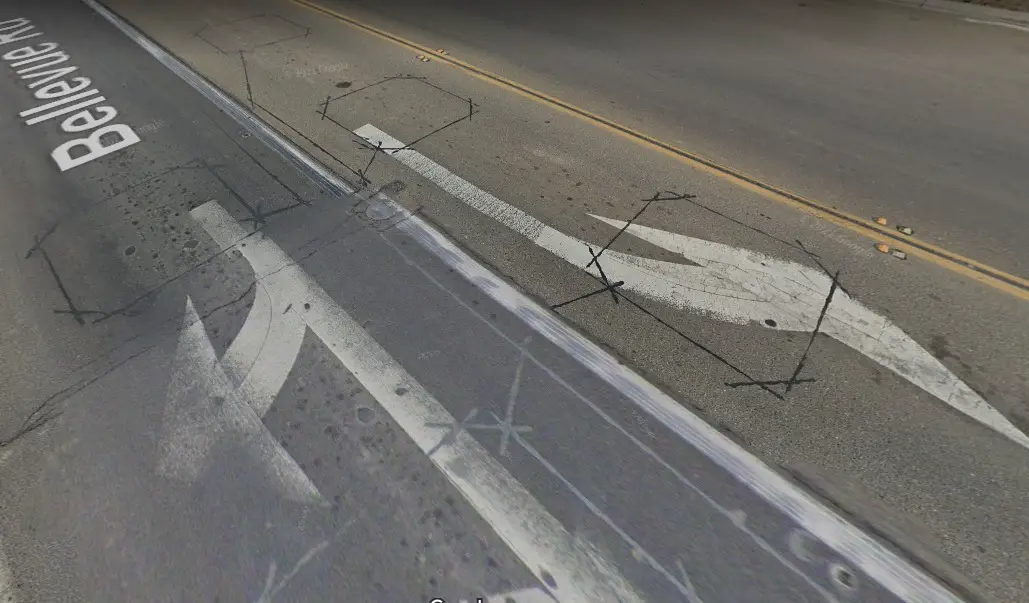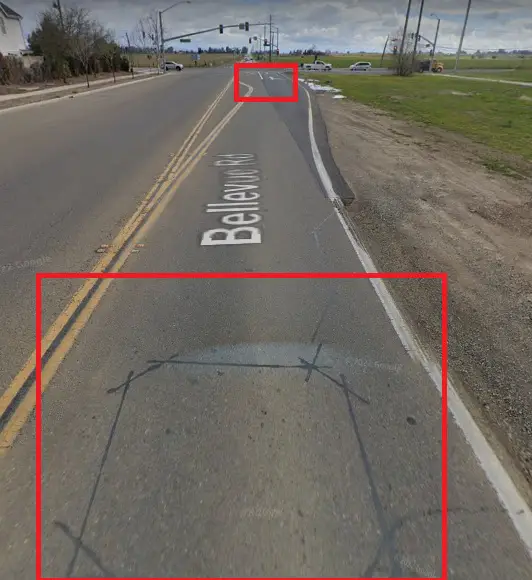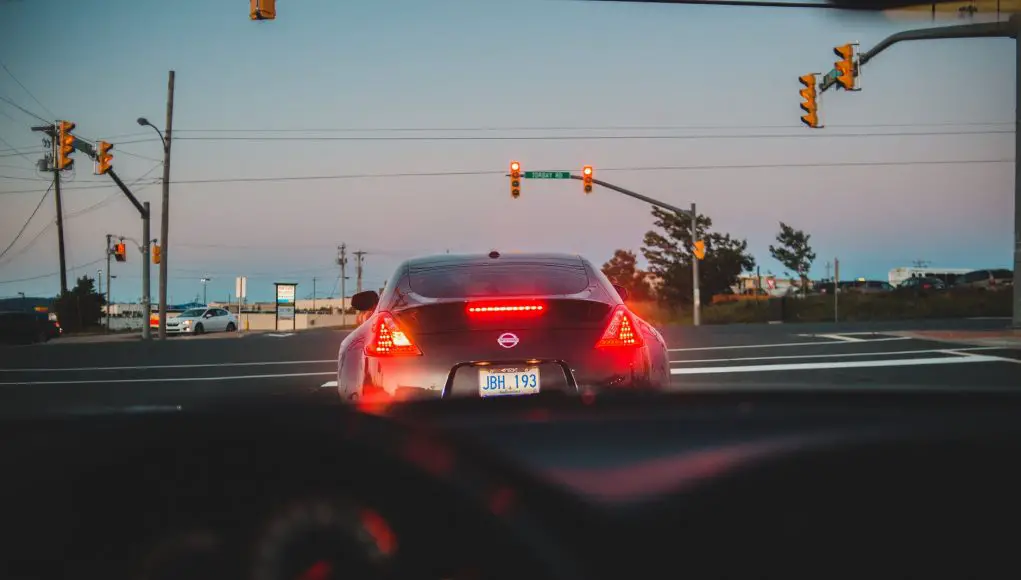Here’s why that urban myth probably doesn’t work and two legal ways to circumvent red lights altogether.
Imagine you’re travelling down a two-mile road in the middle of nowhere at 3 A.M. and you see a set of red lights a mile away you’re eventually going to go through.
You’ve heard your friends tell you that, if you start flashing your high-beams at the lights, sensors will detect your flashes as a car approaching and will turn those red lights green.
So, you start flashing away, but nothing happens.
Eventually, the lights do turn green, but only when you’re less than 100 feet away.
Was it your flashing lights or something else entirely?
Here’s why it’s probably not your lights, at all.
How traffic lights work
There are two ways coordinated traffic lights typically work.
The first way is timed, less complicated than a sensor-based system, and more common in light traffic areas that have no practical need to upgrade.
After a thorough traffic study over several days and studying traffic flow in-person, a traffic engineer sets the timer for an intersection and decides what sequence those lights go through.
If a traffic engineer does a good job, traffic will flow smoothly without complaints from drivers they’re waiting too long.
Flashing your headlights absolutely has zero effect on timed red lights.
The second, most common way today is via sensor. The next time you approach a set of traffic lights, look down and you’ll notice sets of black circles or loops.
Check out these loops near where I live.

These conductive loops have a low current running through them and, if the current is interrupted by a large metal object, such as a car or as small as a waiting cyclist, the traffic lights run through the appropriate signal changes.
In the middle of town where speeds, on average, hover around 45 MPH, you’ll only see one set of conductive loops before lights.
However, on those lonely stretches of roads where cars reach highway speeds, there will be another set of conductive loops that takes those higher speeds into account.
See those conducive loops above, here are the first set of loops designed to detect a fast approaching car.

Again, unfortunately, no amount of flashing at these sensor-based lights will work.
Yes, it’s true some traffic lights are equipped with light-based sensors that can change red lights green, but they are only tripped when they detect flashing at a 14 flash/second rate, far faster than the human hand can flick.
How to trigger red lights to turn green or, use a legal loop-hole.
As mentioned, I’ve already told you how to make red lights turn green, you have to trigger the sensors.
If you travel at or near the speed limit, the sensors should be spaced far enough that, just by you approaching, they’ll turn green, as designed.
Here’s the rub, if you’re speeding, you’ll trigger the lights but you’ll be traveling too fast and will have to slam on your brakes.
But, what if those sensors aren’t firing off and the light doesn’t turn green?
Do you just sit at a red light, forever?
Here are two ways to get around that.
First, some states, like Pennsylvania have specific laws (Title 75 § 3112) that spell how you treat a broken red light. Essentially, you treat broken red lights like stop signs, you come to a complete stop and proceed with caution.
In the absence of a defined law, the general rule of thumb is to wait through two “cycles” of the other lights turning green, yellow, then red and, if your lights haven’t turned green, you can drive through, first checking for approaching traffic.
Note, a police officer can still stop and cite you but, if you have a dash cam running or point out the broken lights (taking video evidence after the fact,) you can beat it in court.
It goes without saying, but, if you’re stopped at a red light that’s not changing and see a cop car hiding, don’t run a red light. Instead, turn right or left and re-route accordingly.
Which brings me to my legal loophole.
If you don’t want to deal with sensors, simply turn right on red, do a legal U-turn, and, now, you have a green light.
The key-word is legal.
For example, in California, popping a U-Turn across a double yellow line when it is safe is 100 percent legal.
U-turns in neighborhoods, when safe, are fair game.
Two sets of double yellow lines is another story, is basically a raised traffic divider, and any U-turn over those lines is illegal.
Conclusion
Gaming the system by flashing your lights is, unfortunately, not a real thing.
But, if you’re patient, driving the speed limit is all anyone needs to do to get a red light to turn green.
If you can’t afford to wait, popping a legal U-turn after a right turn on red is always an ace up your sleeve.



